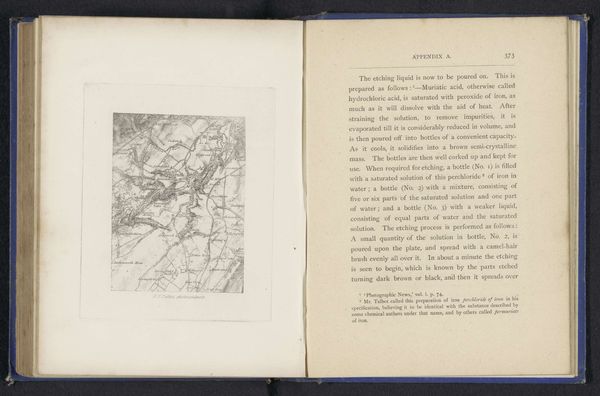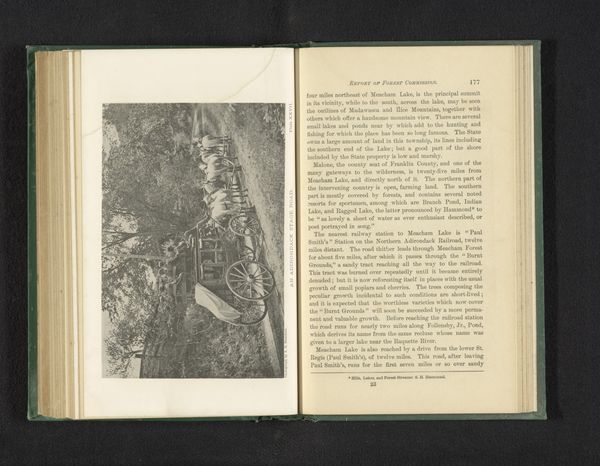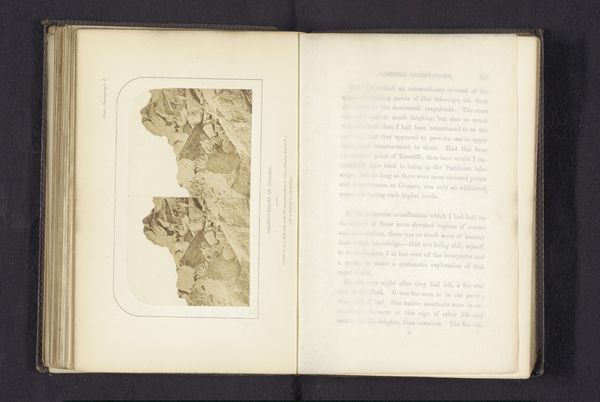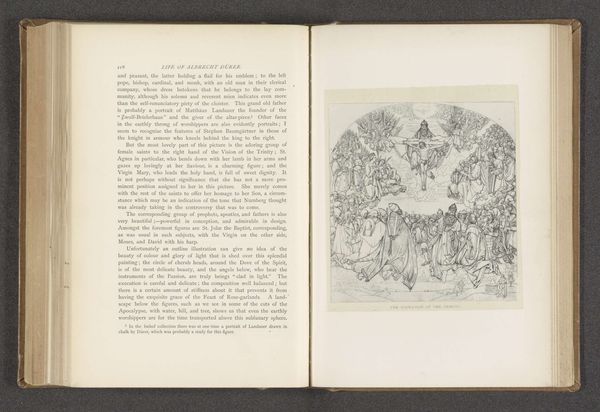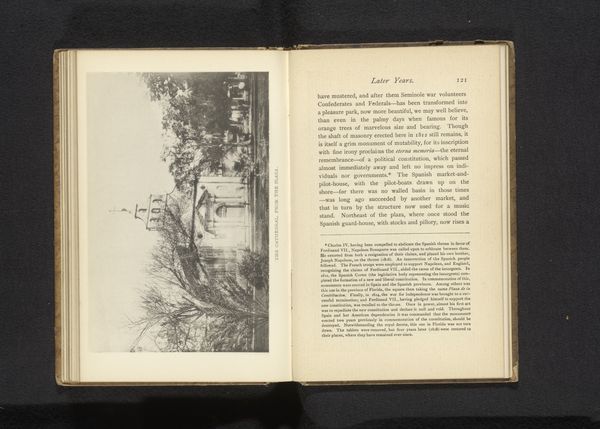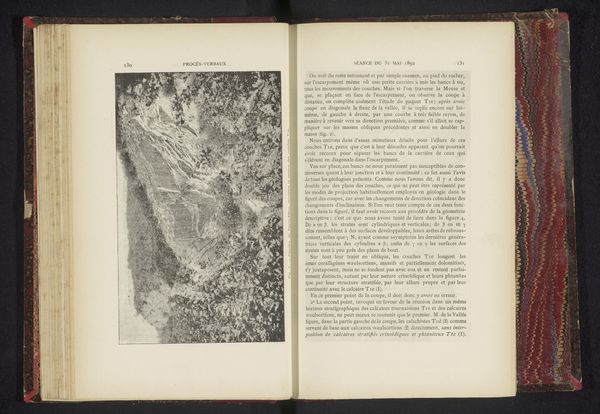
Fotoreproductie van een tekening van het Rosenkranzfest door Albrecht Dürer before 1870
0:00
0:00
drawing, print
#
portrait
#
drawing
# print
#
northern-renaissance
Dimensions: height 127 mm, width 150 mm
Copyright: Rijks Museum: Open Domain
This photomechanical reproduction of a drawing after Albrecht Dürer gives us a glimpse into the world of early printmaking and its relationship to social and cultural practices. The original drawing, of the Rosenkranzfest or Feast of the Rosary, was likely created using a quill or metal nib on paper, which allowed for precise, detailed linework. Dürer then captured a scene of the German merchants in Venice celebrating the Feast. The process of photomechanical reproduction speaks to the broader industrial revolution and the rise of mass media in the 19th and 20th centuries. The shift from hand-drawn illustrations to photomechanical reproductions reflects the changing landscape of labor and production during this period. What we see here is not simply a copy, but a translation of artistic expression through the lens of technology and commerce. It reminds us to consider the social, economic, and technological forces that shape the creation and dissemination of art.
Comments
No comments
Be the first to comment and join the conversation on the ultimate creative platform.
